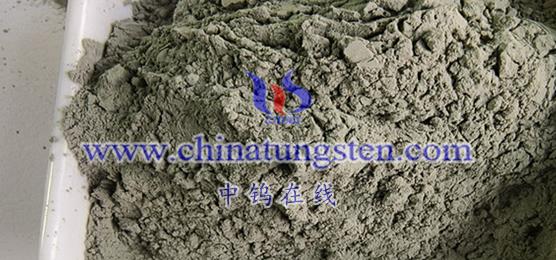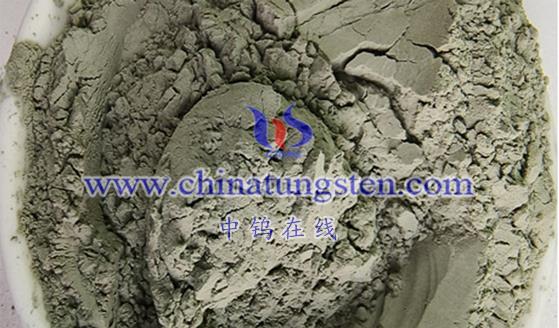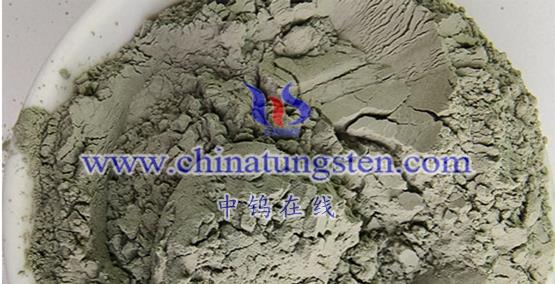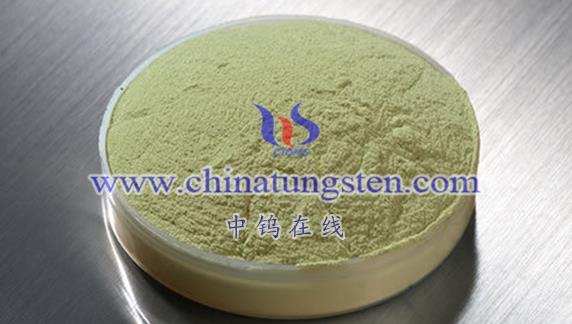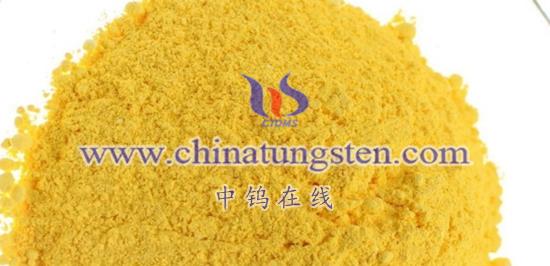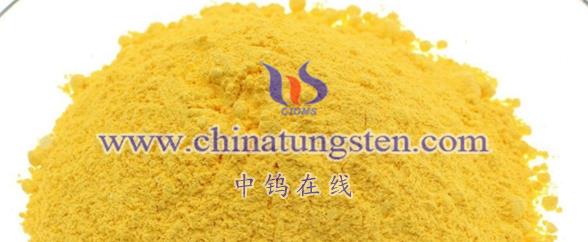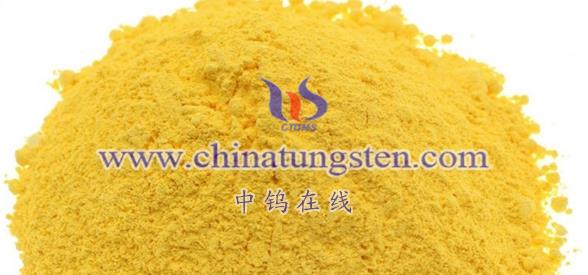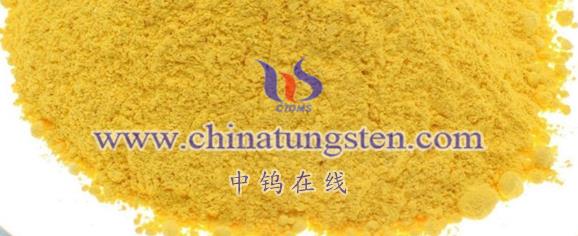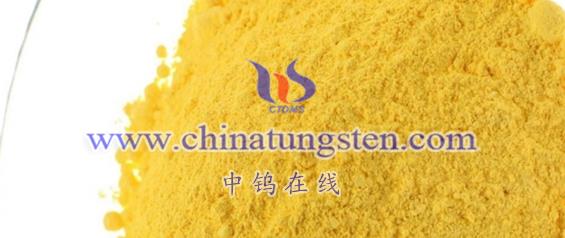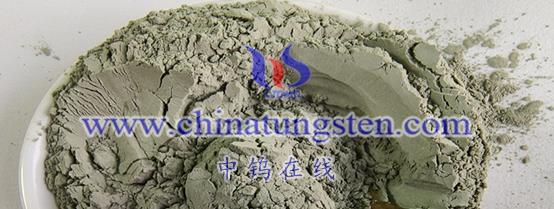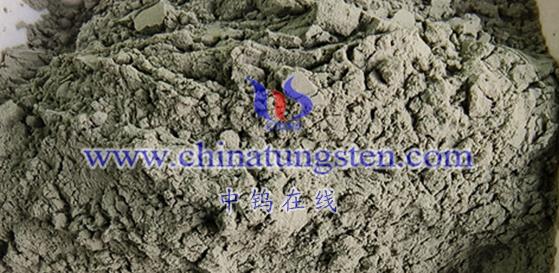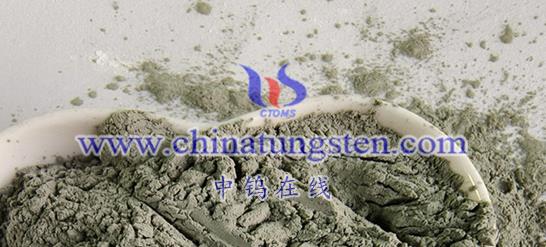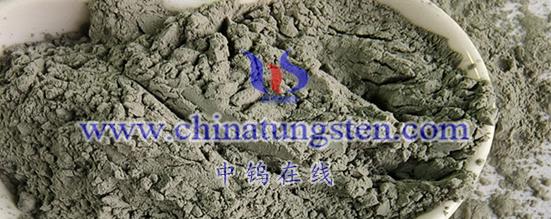
Oxygen vacancy tungsten oxide (WO3) offers several advantages when used as an anode material in lithium batteries, enhancing performance and efficiency in various aspects. Here’s a detailed breakdown of these advantages:
- Higher Energy Density
- Strong Lithium-Ion Adsorption Capability: Oxygen vacancy tungsten oxide has a high entropy value, which, combined with its unique crystal structure and oxygen vacancy defects, allows for strong adsorption of lithium ions. This results in a more efficient charge storage mechanism.
- High Theoretical Specific Capacity: The strong lithium-ion adsorption capability coupled with its high theoretical specific capacity means that adding oxygen vacancy tungsten oxide as an anode material can significantly enhance the overall capacity of lithium batteries.
- Larger Chemical Diffusion Coefficient
- Nanoscale Particle Size: The nanoscale size of oxygen vacancy tungsten oxide particles provides a large specific surface area and significant quantum size effects, which are advantageous for battery performance.
- Optimized Lithium-Ion Transport: These properties help to widen the lithium-ion transport pathways, reducing the migration resistance of lithium ions. This enhancement improves the rate performance and cycling stability of the lithium battery.
- Slower Capacity Degradation Rate
- Chemical and Thermal Stability: Oxygen vacancy tungsten oxide exhibits excellent chemical stability and high-temperature stability, which helps to prevent decomposition reactions caused by elevated temperatures during battery operation.
- Reduced Chemical Reactions: Compared to traditional anode materials, oxygen vacancy tungsten oxide is less likely to undergo undesirable chemical reactions with organic electrolytes, thereby minimizing capacity decay caused by side reactions.
- Higher Safety Factor
- Minimal Volume Effect: Oxygen vacancy tungsten oxide has a relatively small volume effect, meaning that the volume changes of the anode material during charging and discharging are stable.
- Prevention of Volume Deformation: This stability helps prevent volume deformation of the anode material over extended cycling, thus enhancing the safety and reliability of the battery.
- Optimized Cycle Performance
- Mitigation of Lithium Metal Deposition: As a lithium storage modifier, oxygen vacancy tungsten oxide can significantly improve the lithium storage capacity and alleviate issues related to lithium metal deposition. This deposition is a major cause of capacity loss and shortened cycle life in lithium batteries, and incorporating oxygen vacancy tungsten oxide can effectively address this problem.
- Cost Reduction
- Material Cost Benefits: While the preparation of oxygen vacancy tungsten oxide may involve a relatively complex process, using it as an additive for anode materials can help reduce the overall production costs of lithium batteries. Considering the performance enhancements it provides, this cost can be justified in practical applications.
In summary, oxygen vacancy tungsten oxide has significant advantages as an anode material for lithium batteries, including enhanced energy density, improved lithium-ion transport, reduced capacity degradation, increased safety, and optimized cycle performance. As technology advances and research deepens, the performance of this material is expected to improve further, contributing to the development of the lithium battery industry.
More details of tungsten oxide product, please visit website: tungsten-oxide.com
Please contact CHINATUNGSTEN for inquiry and order of tungsten oxide:
Email: sales@chinatungsten.com
Tel.: 86 592 5129595
